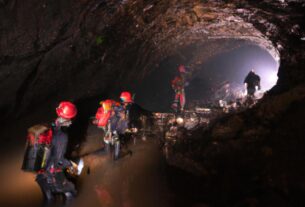Golden Rocks, also known as Fool’s Gold, have captivated the human imagination for centuries. These mesmerizing formations possess a distinct golden hue that appeals to people of all backgrounds and ages. In this article, we will embark on an exploration of Golden Rocks, delving into their origins, characteristics, and practical applications.
Definition of Golden Rocks
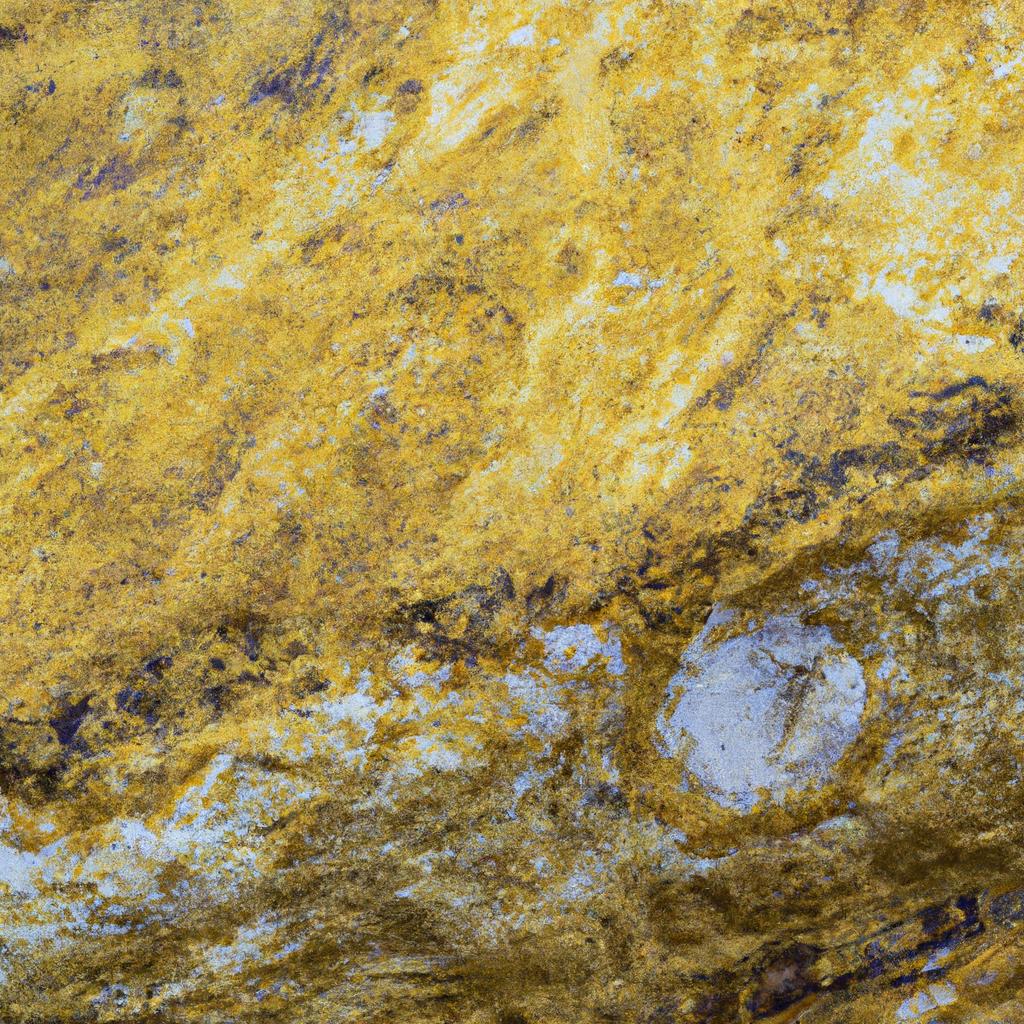
Golden Rocks are a type of mineral characterized by their yellow-golden color. Comprising iron sulfide, these rocks showcase a metallic luster that distinguishes them from other minerals. Their chemical composition of FeS2 reveals the presence of iron and sulfur.
Significance of Golden Rocks
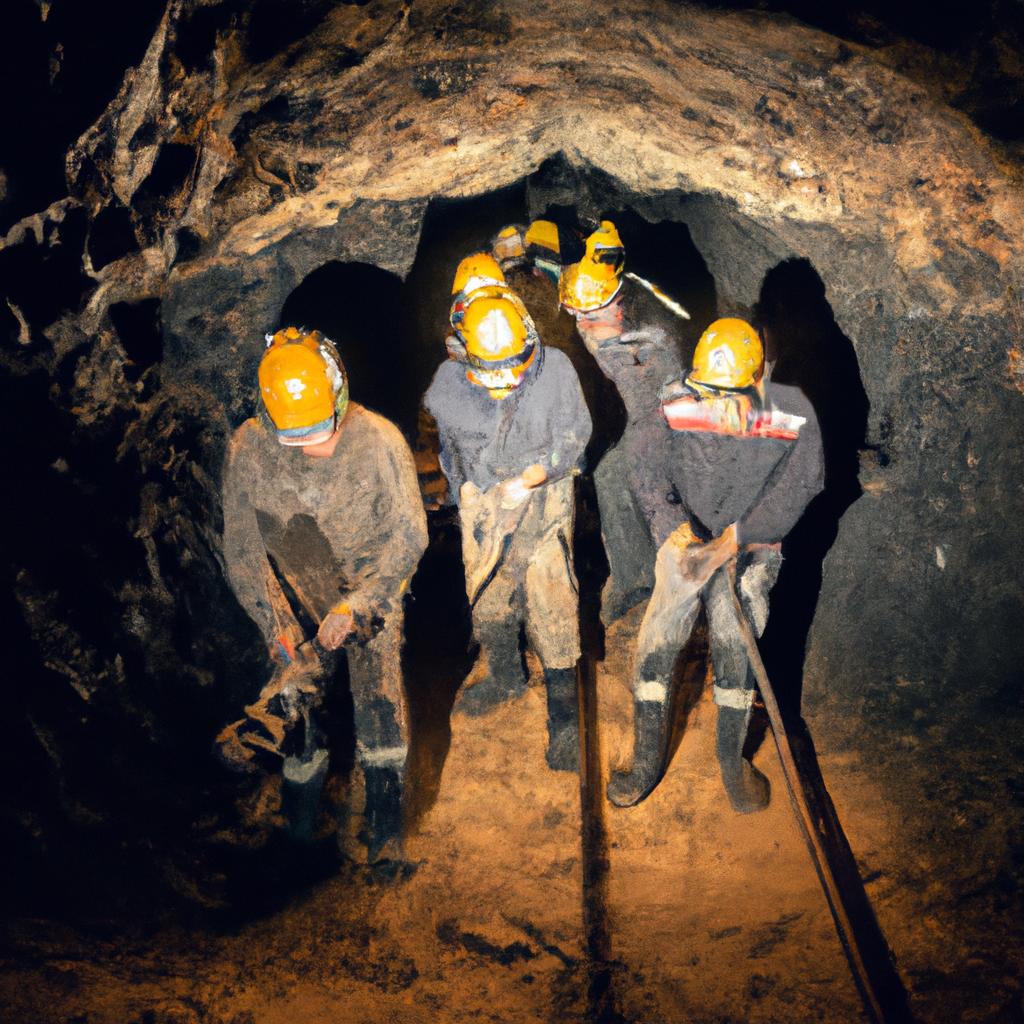
Golden Rocks have long been valued for their beauty and unique properties. They are often utilized for decorative purposes, as their metallic luster enhances the allure of jewelry and various items. Moreover, Golden Rocks hold spiritual and cultural significance in diverse cultures worldwide.
A Glimpse into the History of Golden Rocks
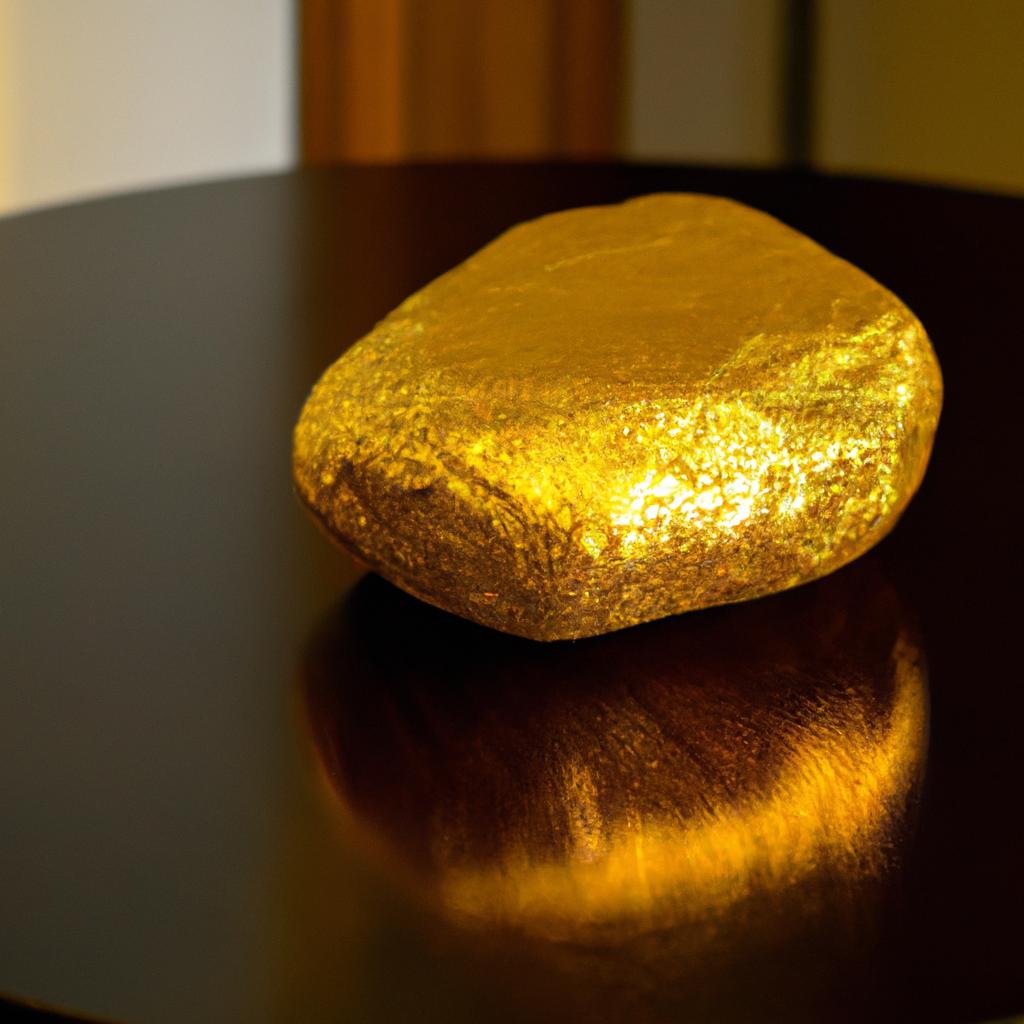
Humans have been acquainted with Golden Rocks for millennia. Ancient Greeks and Romans incorporated them into decorative artifacts, while in the Middle Ages, Golden Rocks were employed for medicinal purposes. During the Gold Rush of the 1800s, countless individuals mistook Golden Rocks for genuine gold, believing themselves to have stumbled upon immense riches.
Overview of the Article
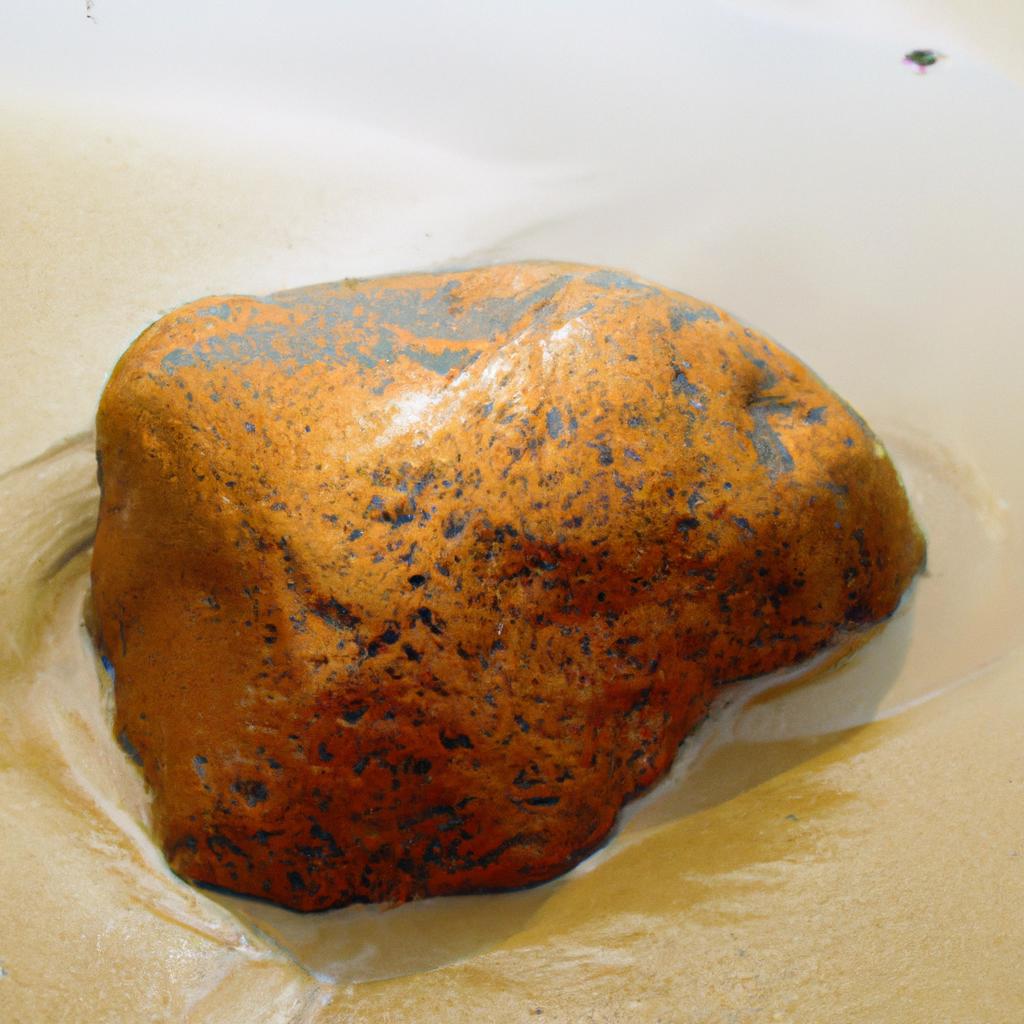
This article will take a comprehensive look at various aspects of Golden Rocks, including their formation, physical traits, and practical applications. We will also explore the mining process and its impact on the environment. By the end, you will possess a deeper understanding of the significance of Golden Rocks in different facets of our lives.
Formation of Golden Rocks

Explanation of the Formation Process
Golden Rocks come into existence through a process called hydrothermal activity. When hot water and minerals combine, a chemical reaction transpires, giving rise to these captivating rocks. Hydrothermal activity predominantly occurs deep underground, with the minerals forming within pockets or veins inside rocks.
Geographical Locations of Golden Rocks
Golden Rocks can be found across the globe, with substantial deposits located in North America, South America, Europe, and Asia. Spain, Russia, the United States, and Canada house some of the most significant reserves of Golden Rocks.
Factors Influencing Formation
Several factors contribute to the formation of Golden Rocks, including the presence of iron and sulfur, high temperatures, and pressure. The interplay between hydrothermal activity, volcanic processes, and tectonic plate movement plays a crucial role in shaping these precious rocks.
Intricate conditions must align for the formation of Golden Rocks, resulting in minerals that never fail to captivate and intrigue.
Characteristics of Golden Rocks
Golden Rocks possess unique physical features, chemical compositions, and properties that distinguish them from other minerals. This section delves into these distinguishing characteristics.
Physical Appearance
Golden Rocks boast a distinctive golden-yellow color, making them easily discernible. Their cubic or pyrite shapes, combined with a metallic luster that reflects light, contribute to their allure. Varying in size and shape, Golden Rocks can be found in clusters or veins within rocks and soil.
Chemical Composition
Comprised of FeS2, Golden Rocks combine iron and sulfur. This particular composition grants them their remarkable physical and chemical properties, including their metallic luster and electrical conductivity. The high sulfur content within Golden Rocks can emit a distinct odor when exposed to air.
Unique Properties
Golden Rocks possess several properties that set them apart. Their highly reflective nature and metallic luster impart a shiny appearance. Furthermore, they boast exceptional electrical conductivity and can generate an electrical charge under specific conditions. Golden Rocks exhibit remarkable hardness, making them resistant to breakage and scratches.
The exceptional physical appearance, unique chemical composition, and intriguing properties of Golden Rocks make them a captivating subject of study for scientists, geologists, and mineral enthusiasts alike.
Utilizing the Versatility of Golden Rocks
Golden Rocks are a versatile mineral with numerous applications in different industries and cultures. The following section sheds light on some of the most common uses of Golden Rocks.
Commercial Applications
Golden Rocks find primary use in the manufacturing industry, specifically in the production of sulfuric acid. This acid, in turn, serves as an essential component in the manufacture of fertilizers, paper, and various other products. Additionally, Golden Rocks contribute to the production of batteries, enabling them to store and release electrical energy.
Decorative Purposes
For centuries, Golden Rocks have been employed for decorative purposes. Their metallic luster enhances the appeal of jewelry and various decorative items. Sculptures, figurines, and stone walls often feature Golden Rocks as a prominent element.
Spiritual and Cultural Significance
Golden Rocks hold spiritual and cultural significance in diverse cultures around the world. Certain cultures attribute protective qualities to Golden Rocks, using them in amulets and talismans. In other traditions, Golden Rocks play a role in rituals and ceremonies, symbolizing good luck and prosperity.
Golden Rocks’ wide range of applications and adaptability highlight their value as a mineral that continues to captivate and inspire individuals worldwide.
Mining Golden Rocks
Golden Rocks are mined for both decorative and commercial purposes. The mining process involves various techniques employed to extract these minerals from the earth. However, mining Golden Rocks presents its own set of challenges and environmental impacts.
Mining Techniques
Two primary techniques are used in mining Golden Rocks: open-pit mining and underground mining. Open-pit mining involves removing the topsoil and layers of rock to expose the mineral deposit, which is then extracted using heavy machinery. Underground mining requires tunneling beneath the surface to access deeper deposits that cannot be reached through open-pit mining.
Challenges Faced
Mining Golden Rocks presents challenges such as the risk of cave-ins, explosions, and exposure to harmful chemicals. Furthermore, the mining process poses dangers to workers who often find themselves in hazardous conditions. Additionally, the cost of extracting Golden Rocks can sometimes outweigh their value, resulting in financial challenges.
Environmental Impact
Mining Golden Rocks leaves a substantial environmental footprint. Open-pit mining has the potential to destroy natural habitats and release harmful chemicals into the environment. Soil erosion, water pollution, and air pollution are some of the consequences of the extraction process. Fostering sustainable mining practices is crucial to mitigate the environmental impact associated with mining Golden Rocks.
Conclusion
Golden Rocks stand as extraordinary and precious minerals that have enthralled humanity for centuries. From their formation to their distinct characteristics and diverse uses, Golden Rocks possess great historical and cultural significance.
While Golden Rocks find application in decorative and commercial realms, it is important to acknowledge the environmental impact of their mining. Responsible mining practices and conservation efforts are necessary to ensure the sustainable extraction of Golden Rocks.
At TooLacks, we strive to provide you with the latest information concerning nature, gardening, and animals. We hope this article has been both informative and educational. Should you desire further captivating content, we cordially invite you to explore our website—your source for all things fascinating and valuable.
References:
- “Fool’s Gold.” Encyclopædia Britannica, Encyclopædia Britannica, Inc., www.britannica.com/science/fools-gold.
- “Pyrite.” Geology.com, Geology.com, www.geology.com/minerals/pyrite.shtml.
- “The Environmental Impacts of Mining.” The World Counts, The World Counts, www.theworldcounts.com/challenges/planet-earth/mining/environmental-impact-of-mining.



